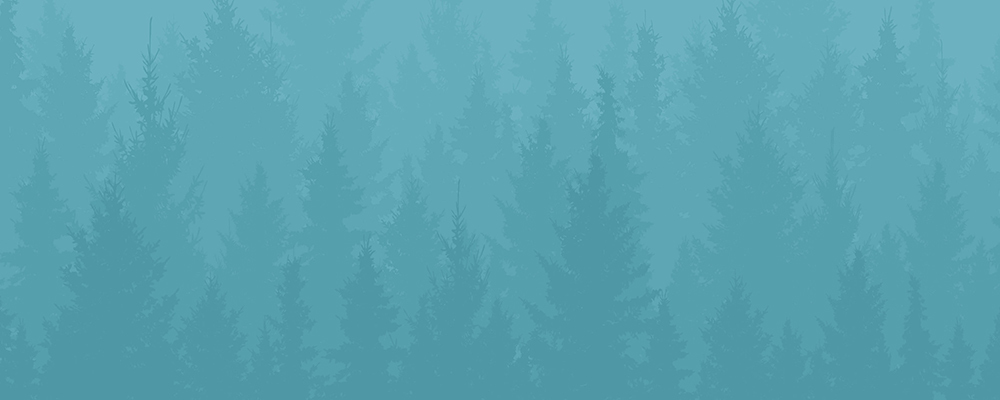If you’ve longed to see the Northern Lights at some point in your lifetime, you’re not alone. In a recent Expedia survey, 71 per cent of Canadians said they want to see the spectacular, dancing ribbons of blue-green light against the night sky—but they haven’t crossed the item off their travel bucket list just yet.
That same survey found catching a glimpse of the Aurora borealis is the most sought-after global experience of 2024, with Finland ranking as the top trending Northern Lights travel destination this year. (Churchill, Man., came in second place.)
But here’s the good news: you don’t have to plan a trip to the far-off Nordic countries to see the Northern Lights. In the next year or two, spotting the natural light show could be easier than you think—and it could happen a lot closer to home.
Though the Northern Lights typically occur in high-latitude areas near the North Pole—encompassing Iceland, Norway, Russia, Canada, Alaska, and more— increased solar activity is expected to bring ample viewing opportunities in more southern areas of Canada, and even into northern parts of the United States.
Some lucky Canadians living in southern regions may even see them from their own backyards. Here’s why.
Why are the Northern Lights more active right now?
“The Aurora is controlled by what’s happening on the sun, actually,” says Kathryn McWilliams, a professor of physics and engineering physics at the University of Saskatchewan.
As the sun blasts particles into space and down the Earth’s magnetic fields at the north and south poles, these charged particles enter our atmosphere and collide with gasses. This collision creates beautiful flashes of light—including blues, greens, and reds—that appear to be dancing in the night sky. That’s the Aurora borealis.
But why do they appear to be moving south? The sun has an 11-year cycle, says McWilliams, ranging from solar minimum (the least solar activity) to solar maximum, in which the sun is very active. Right now, the sun is approaching the peak of its activity.
“Every 11 years, the sun’s magnetic field flips,” says McWilliams. “And mid-flip, that’s when everything is all messy and energized, in a way that will interact strongly with the Earth’s magnetic field.”
This increased activity of late explains why people may see the Lights more often, and even further south. “We’re in a time of peak activity, so the Northern Lights are more common, and they are pretty energetic,” says McWilliams.
“The Aurora occurs in a big oval around the North Magnetic Pole,” says McWilliams. “So it tends to come through Northern Alaska, the Northern Territories, and push down into central Alberta, central Saskatchewan, then over to Hudson Bay and northern Quebec, and then sweep through Greenland.”
But during major geomagnetic storms, the oval stretches away from the poles and can be observed in lower latitude areas. (Provided it’s a clear, cloud-free night, of course.)
“Sometimes they appear further away from the Poles during peak activity, so you’re more likely to see them because they occur at lower latitudes,” says McWilliams.
“When the sun’s activity is really quiet, the oval retreats a bit further north. And when it’s more active, it can come down a bit further south. On a really, really disturbed day, you can see Aurora in the northern U.S.,” she says.
McWilliams says Canadians may see aurora more at lower latitudes more southerly—for a while. “Eventually, it will quiet down a bit, and you won’t see it as much as it retreats back to the north,” she says. “That’s how the cycle works.”
There’s still lots of time to catch the best of the light show. Solar activity is expected to peak in summer of 2025, according to the National Oceanic and Atmospheric Administration. (But much like meteor showers, activity will still be relatively high from now until 2027!)
That means over the next year, Canadians have an excellent opportunity to finally catch the light show—provided they check out the Aurora’s forecast and keep an eye skyward.
“We have the most landmass under the Aurora, so Canada is really the place to be,” says McWilliams . “It’s something that Canadians do get to see, and we’re really lucky to be able to see it.”

A voice from the wilderness
Get The Great Outdoors, our monthly brief on all things nature
Sign up hereRelated Story Here’s the science behind these Instagram-worthy ice bubbles at Alberta’s Abraham Lake
Related Story Learning to embrace the deep, bitter cold—and enjoy it
Related Story Watch the Northern Lights from this container cabin rental